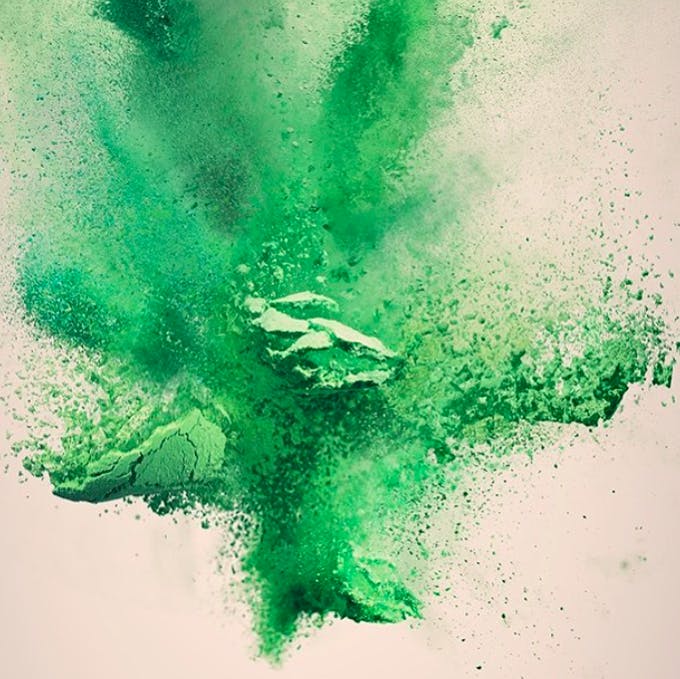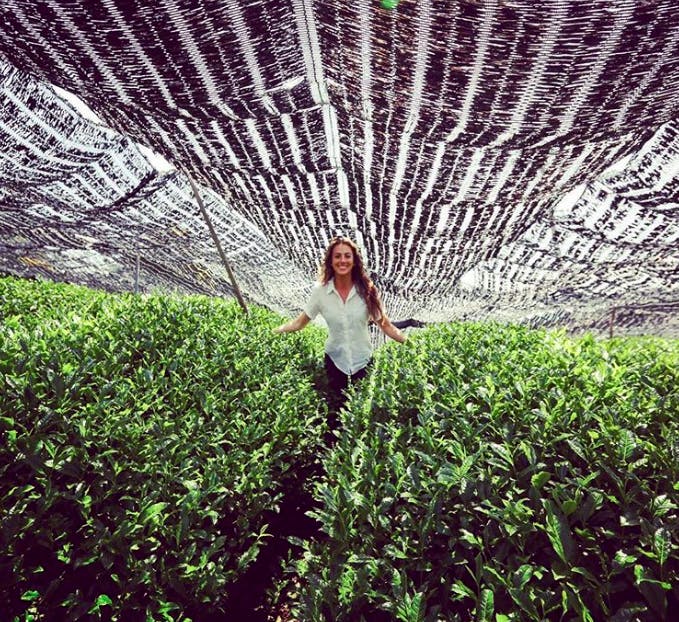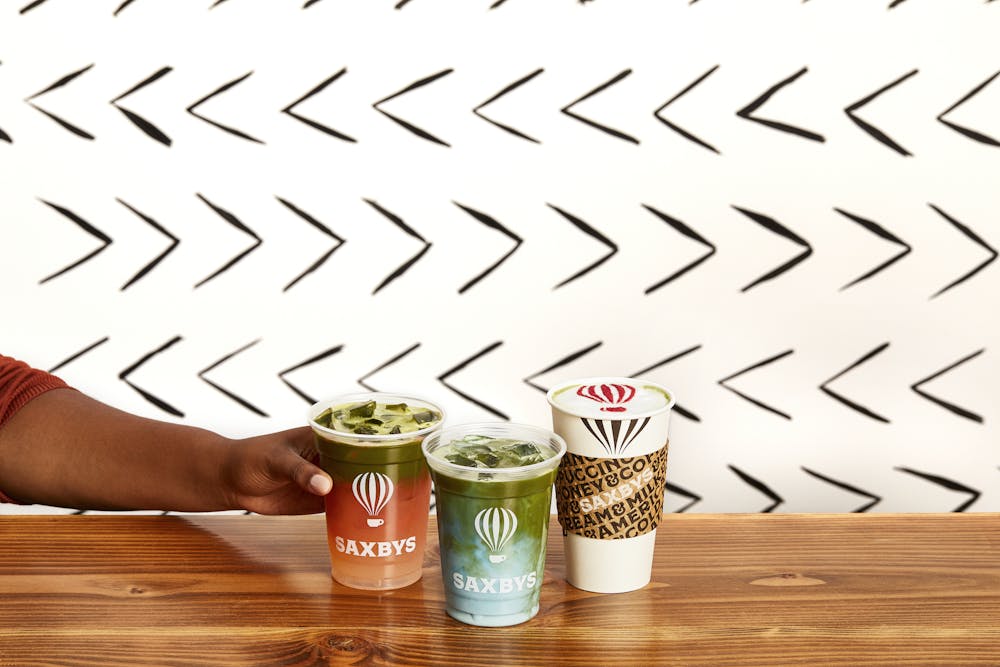What is Matcha?

Matcha lattes. Matcha muffins. Matcha scones. Matcha crepes. Matcha ice cream. Matcha pound cake. Matcha macarons.
It’s fair to say there is much ado about matcha. The tea’s signature earthy green color has become a staple sighting in cafes all over the country, and will soon join the roster of expertly prepared drinks at Saxbys.
So what is it, exactly?
Glad you asked! If you're open to moving from matcha-curious to matcha-obsessed, here are five fun facts to know:
Matcha is green tea in powdered form.
Matcha is made by grinding green tea into a fine powder, then mixing it with hot water or milk. The powder can either be whisked with a bamboo brush until it gets nice and frothy or vigorously shaken in a closed vessel to produce a similar effect. Traditional green tea is made by steeping the leaves in hot water then discarding them. With matcha, the entire leaf is consumed, leading many to believe it contains more health benefits than typical green tea.

Powdered matcha in all its majesty. (Image courtesy of Matchaful.)
Matcha comes from Japan.
It all started with the Song Dynasty, which ruled Japan from the 10th to 13th centuries. In 1191, a Buddist monk named Eisai brought matcha seeds back from China where he’d been studying and planted them in Kyoto. Eisai also brought back the Zen Buddhist methods of preparing powdered green tea. That led to the matcha tea ceremony — a quiet ceremony consisting of a series of precise hand movements and graceful choreography — that’s become popularized today.

Hannah Habes visits a matcha farm in Kagoshima, Japan. She's the CEO of Matchaful, the exclusive matcha partner for Saxbys. (Photo courtesy of Matchaful)
Shade, not sun, powers the growing process. A month before harvesting matcha, the plant is moved to the shade to help boost chlorophyll levels and increase the amino acid L-Theanine. Combined with the natural caffeine, it gives matcha a smooth energy that many drinkers say provides an alert calm.
Matcha is juuuuuuuust a little high maintenance. It’s not just a matter of planting the tea leaves, moving them to a shaded area, harvesting them and making matcha. In fact it takes a whole lot more work than you might imagine. Once you pick the leaves they’ve got to be steamed, dried and packaged to prevent enzymes from oxidizing — aka so they retain all their nutritional value. If that weren’t enough, matcha loses taste and color when exposed to light and oxidation, so it’s best to package them in an airtight container like an aluminum tin.
Matcha can make all kinds of drinks. Matcha has an earthy, vegetal flavor with a slight sweetness that tends to linger on the palate. That makes it incredibly versatile. It can be served hot or cold, savory or sweet. At Saxbys, our collection will include five signature drinks:
Matcha Latte: A creamy, three-ingredient, antioxidant-rich hot matcha latte. Made with 100% organic matcha from Matchaful NYC.
Iced Matcha Latte: Calm energy, served over ice. Made from 100% organic matcha from Matchaful NYC.
Vanilla Love: Talk of the town. A hot matcha latte, infused with our house-made vanilla bean & finished with a pretty raspberry garnish.
Main Squeeze: Pitcher-perfect: Saxbys’ light & refreshing strawberry matcha lemonade.
Big Mood: The mood ring of matcha drinks. Organic matcha, butterfly blossom tea, raspberry, milk.


